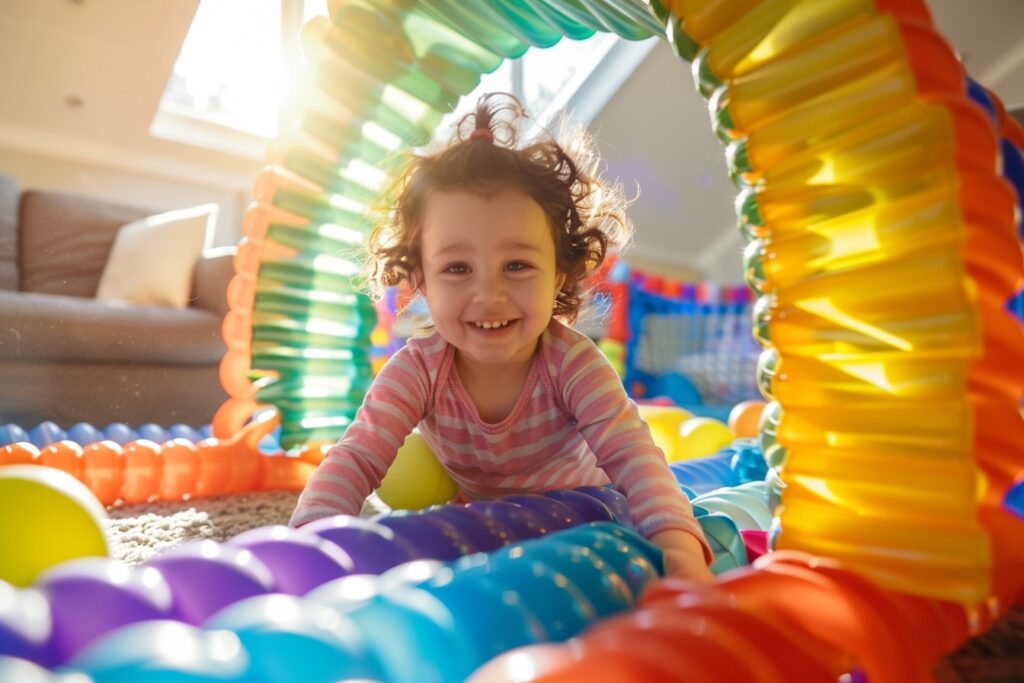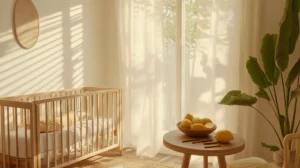Table of Contents
ToggleIndoor Obstacle Course: A Fun Way to Develop Motor Skills
Have you ever watched in wonder as your child navigates the world around them, marveling at their ability to crawl, climb, and explore with boundless energy and curiosity? It’s a sight that fills every parent’s heart with pride and joy. But did you know that behind all that playfulness lies a crucial aspect of your child’s development? Motor skills.
Motor skills are the building blocks of movement, encompassing everything from the simplest actions like reaching and grasping to more complex tasks like running and jumping. They form the foundation upon which children learn to interact with their environment, shaping not only their physical abilities but also their cognitive and social development.
As parents, we’re always looking for ways to support our children’s growth and learning, and that’s where indoor obstacle courses come in. These imaginative setups turn your living room into a playground, offering a fun and engaging way for children to hone their motor skills while letting their imaginations run wild.
Picture this: a makeshift obstacle course winding its way through your home, with pillows for stepping stones, cushions for hurdles, and blankets for tunnels. It’s a scene straight out of a child’s dreams, where every leap and bound is a triumph and every challenge conquered is a victory.
But indoor obstacle courses are more than just a source of entertainment; they’re a valuable tool for your child’s development. By engaging in activities that require balance, coordination, and strength, children not only improve their physical abilities but also enhance their cognitive skills, problem-solving abilities, and confidence.
In this article, we’ll explore the world of indoor obstacle courses and uncover the myriad benefits they offer for your child’s motor skills development. From designing creative setups to infusing cultural elements into the mix, we’ll show you how to turn playtime into a powerhouse of learning and growth.
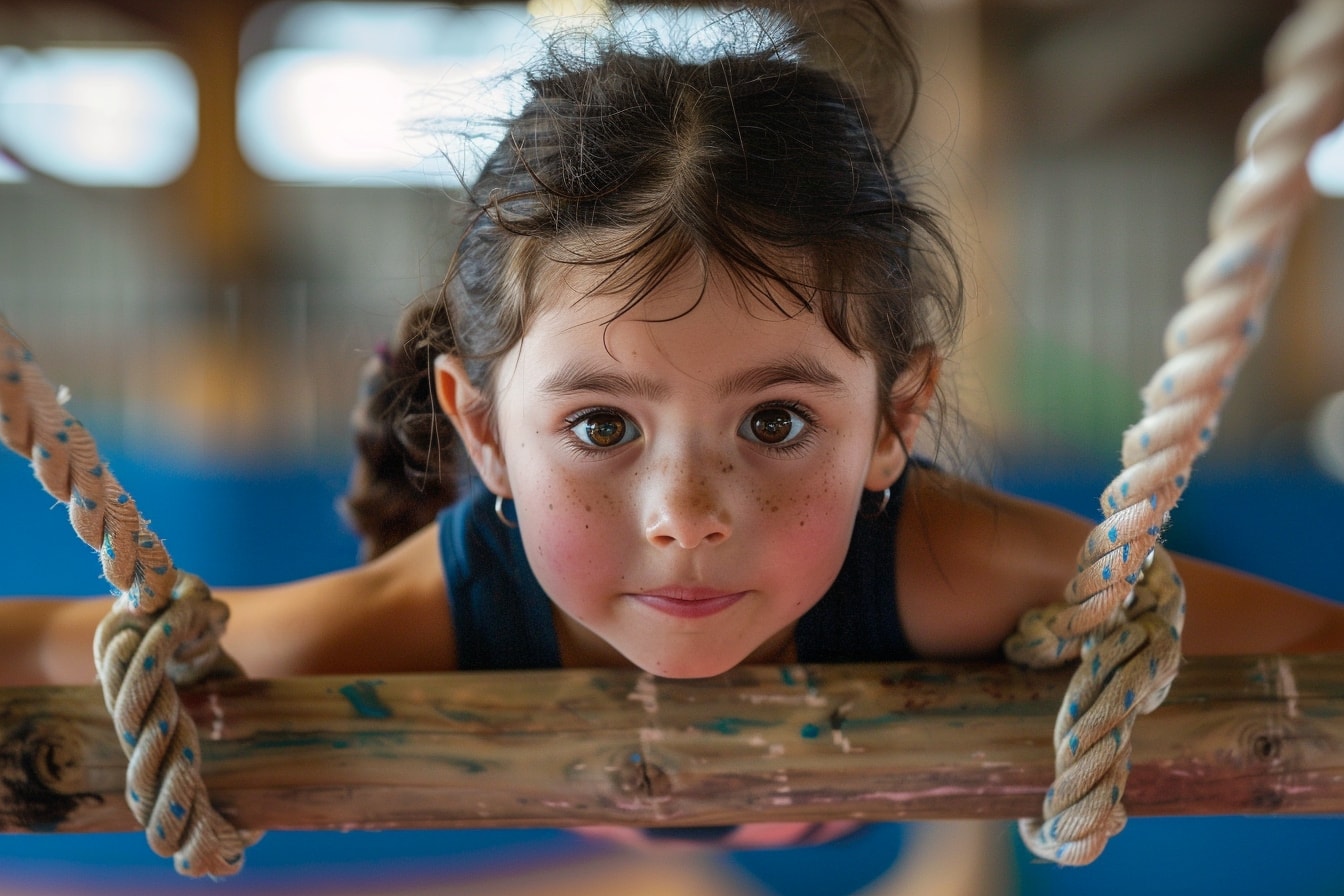
Understanding Motor Skills Development
Motor skills development is like laying the foundation for a sturdy house – it’s the groundwork upon which all other skills are built. From the moment a baby reaches out to grab a toy to the first tentative steps of a toddler, every movement is a step towards mastering the world around them.
There are two main types of motor skills: gross motor skills and fine motor skills. Gross motor skills involve the large muscles of the body and are responsible for activities like walking, running, and jumping. Fine motor skills, on the other hand, involve the smaller muscles of the hands and fingers and are crucial for tasks like writing, drawing, and picking up small objects.
- Gross motor skills
- Walking and running
- Jumping and hopping
- Balancing
- Throwing and catching
- Climbing
- Fine motor skills
- Grasping and holding objects
- Using utensils
- Buttoning clothes
- Tying shoelaces
- Drawing and coloring
But motor skills development is about more than just physical movement – it’s also closely tied to cognitive and social development. As children learn to control their bodies and manipulate objects, they’re also building neural connections in the brain that support language development, problem-solving abilities, and emotional regulation.
Understanding where your child falls on the motor skills spectrum can help you better support their growth and development. Keep an eye out for milestones like rolling over, sitting up, and crawling in infancy, and encourage activities that challenge and stimulate their motor skills as they grow.
So the next time you watch your child take their first wobbly steps or proudly display a scribbled drawing, remember that you’re witnessing more than just a simple action – you’re witnessing the intricate dance of motor skills development unfolding before your eyes.
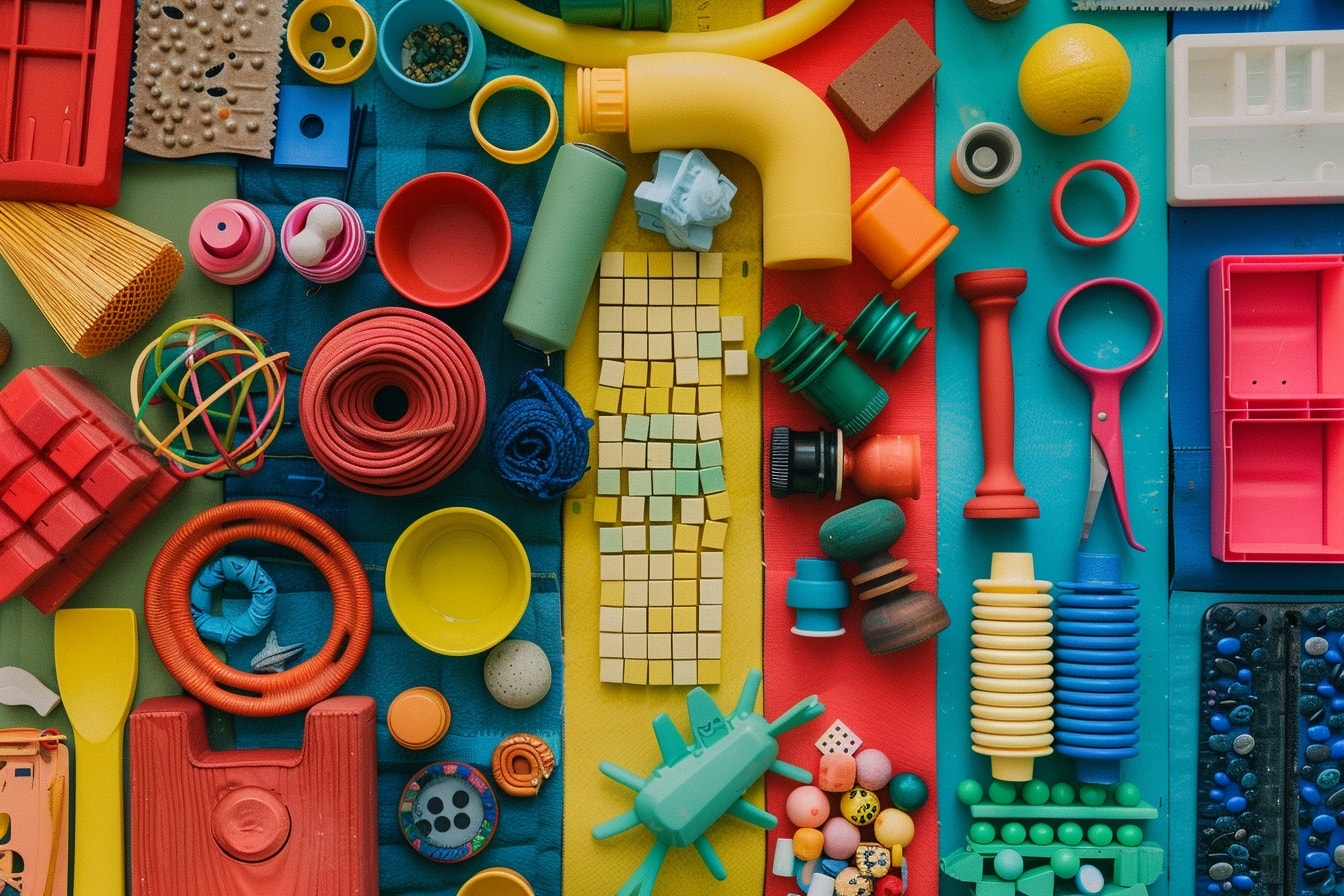
Designing an Indoor Obstacle Course
Transforming your home into an exciting adventure land is easier than you think. With a little creativity and a dash of imagination, you can design an indoor obstacle course that will have your child laughing, playing, and learning all at once.
First things first, let’s talk about the basics. You’ll need to choose a space for your obstacle course – whether it’s the living room, the hallway, or even the backyard if the weather cooperates. Once you have your space, it’s time to get creative!
Start by brainstorming different obstacles that will challenge your child’s motor skills while keeping them entertained. Here are a few ideas to get you started:
- Balance beam: Lay a strip of masking tape on the floor to create a narrow path for your child to walk along.
- Couch cushion hop: Line up a row of couch cushions or pillows for your child to jump over or hop between.
- Tunnel crawl: Use chairs and blankets to create a makeshift tunnel for your child to crawl through.
- Obstacle course maze: Set up a series of chairs, tables, and other obstacles for your child to navigate around, under, and through.
- Beanbag toss: Place a bucket or basket at the end of the course and challenge your child to toss beanbags or soft balls into it.
Once you’ve chosen your obstacles, it’s time to arrange them in a way that flows smoothly from one challenge to the next. Think about the order in which your child will tackle each obstacle and how you can create a sense of progression and excitement throughout the course.
Don’t be afraid to get your child involved in the design process too! Let them help choose the obstacles and set them up, giving them a sense of ownership and pride in their creation.
And remember, the beauty of an indoor obstacle course is that it’s completely customizable. You can change up the obstacles, rearrange the layout, and add new challenges to keep things fresh and exciting every time you play.
So roll up your sleeves, gather your materials, and get ready to embark on a journey of creativity and fun. With an indoor obstacle course, the only limit is your imagination!
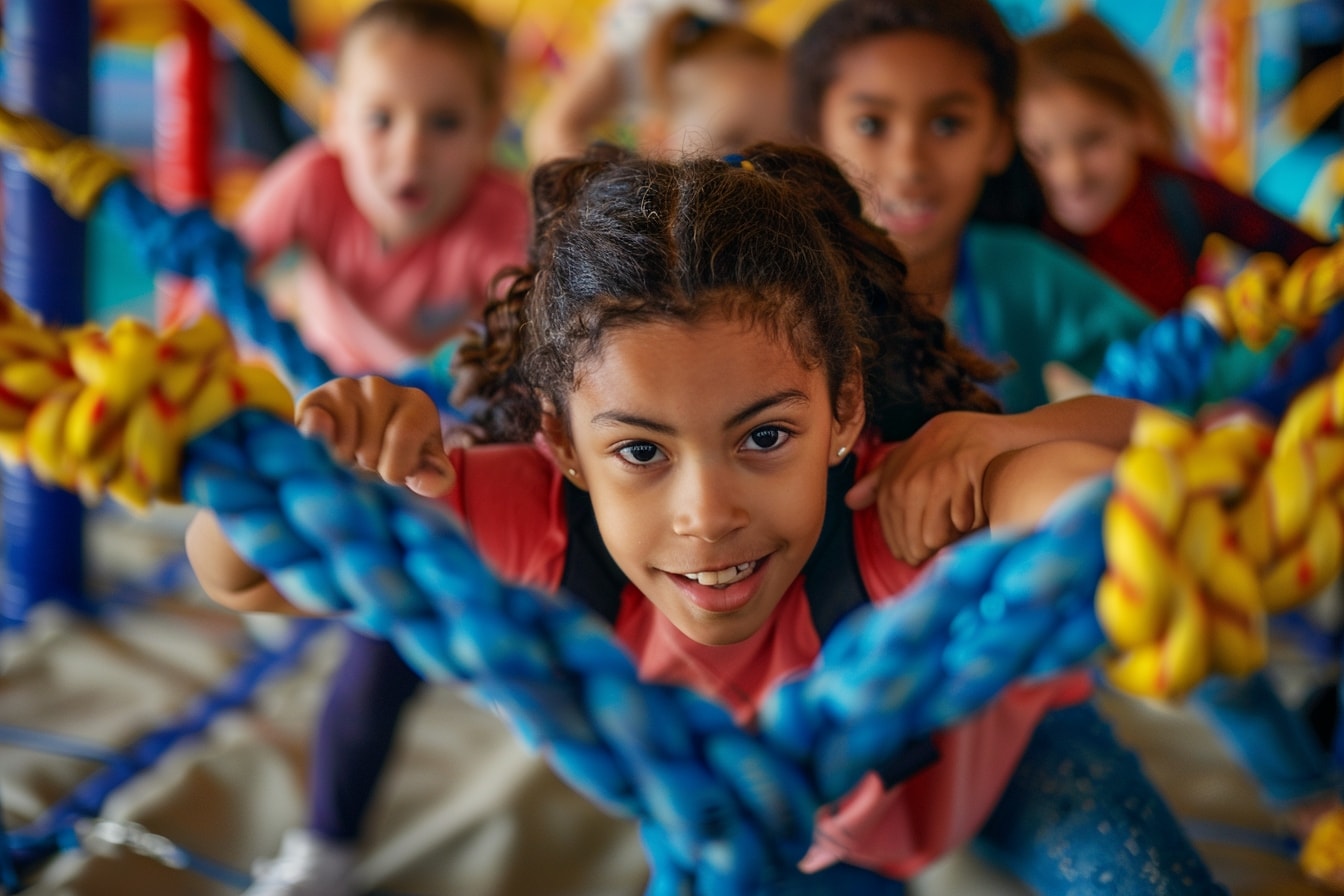
Benefits of Indoor Obstacle Courses
Embarking on an indoor obstacle course adventure isn’t just about having fun – it’s about unlocking a treasure trove of benefits for your child’s development. From physical prowess to cognitive agility, these dynamic setups offer a host of advantages that extend far beyond the bounds of playtime.
Let’s start with the obvious – physical fitness. As children navigate their way through the obstacles, they’re building strength, improving coordination, and honing their balance and agility. From jumping over hurdles to crawling through tunnels, every move they make is a step towards a healthier, more active lifestyle.
But the benefits of indoor obstacle courses go beyond the physical realm. They also provide valuable opportunities for cognitive development. As children problem-solve their way through the course, they’re exercising their brains, sharpening their spatial awareness, and honing their decision-making skills.
And let’s not forget about the social aspect. Indoor obstacle courses are often best enjoyed with friends or family, providing opportunities for teamwork, cooperation, and friendly competition. Whether they’re cheering each other on or strategizing their way through the course together, children learn valuable social skills that will serve them well throughout their lives.
But perhaps the greatest benefit of all is the sheer joy and sense of accomplishment that comes from conquering an obstacle course. Every hurdle cleared, every challenge overcome is a victory, boosting your child’s confidence and self-esteem with each triumphant step.
And the best part? These benefits aren’t just confined to the momentary thrill of completing the course. They extend far beyond the confines of playtime, shaping your child’s development in ways that will last a lifetime.
So the next time you’re looking for a fun and engaging activity for your child, look no further than an indoor obstacle course. With its myriad benefits for physical, cognitive, and social development, it’s a surefire way to keep your child healthy, happy, and thriving.

Incorporating Cultural Elements
Infusing your indoor obstacle course with elements of Caribbean culture is like adding a splash of sunshine to a rainy day – it brings warmth, vibrancy, and a whole lot of fun. From music and dance to games and traditions, there’s no shortage of ways to weave the rich tapestry of Caribbean culture into your child’s playtime adventures.
Let’s start with music. The rhythmic beats of Caribbean music are guaranteed to get your child’s feet tapping and their hips swaying as they navigate their way through the obstacle course. Whether it’s the infectious rhythms of reggae, the lively melodies of calypso, or the soul-stirring sounds of soca, there’s a genre for every mood and every moment.
But why stop at music? You can also incorporate traditional Caribbean dances into the mix, turning your obstacle course into a mini carnival parade. From the smooth moves of salsa to the energetic steps of the merengue, dancing adds an extra layer of excitement and cultural flair to the proceedings.
And let’s not forget about games. From the classic ring games of Ring a Ring o’ Roses to the fast-paced action of Hot Pepper, Caribbean culture is teeming with fun and engaging games that are perfect for incorporating into your obstacle course. Set up stations for each game along the course, challenging your child to complete a task or solve a puzzle before moving on to the next challenge.
But perhaps the most important element of all is storytelling. Caribbean culture is rich in folklore and mythology, with tales of heroes, villains, and magical creatures passed down through generations. Use these stories to inspire your obstacle course design, creating obstacles that reflect the themes and characters of Caribbean folklore.
By infusing your indoor obstacle course with elements of Caribbean culture, you’re not just providing entertainment – you’re also fostering a sense of pride, identity, and belonging in your child. You’re teaching them about their heritage and instilling in them a love and appreciation for the vibrant tapestry of cultures that make up our world.
So go ahead, get creative, and let your imagination run wild. With a little Caribbean flair, your indoor obstacle course will be a celebration of culture, creativity, and fun unlike any other.
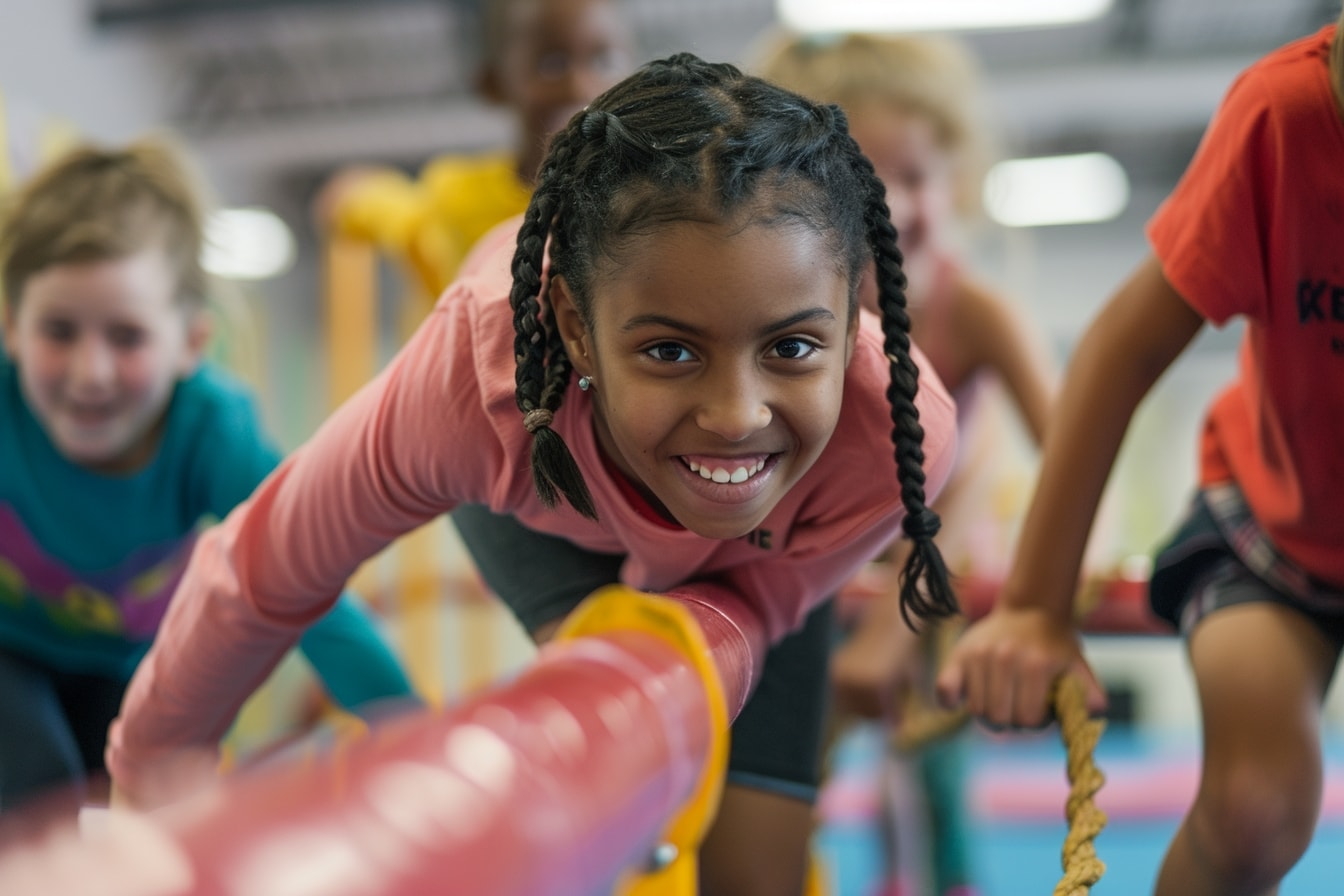
Tips for Encouraging Continued Engagement
Keeping the excitement alive and the energy flowing is key to ensuring that your indoor obstacle course remains a favorite activity for your child. With a few simple strategies, you can keep them coming back for more, eager to tackle new challenges and conquer new obstacles.
First and foremost, variety is the spice of life. Keep things fresh and exciting by changing up the obstacles, themes, and layouts of your obstacle course regularly. Introduce new challenges, add unexpected twists, and surprise your child with fun and creative surprises along the way.
But variety isn’t just about the obstacles themselves – it’s also about the way you present them. Get creative with your storytelling, weaving imaginative tales and exciting adventures around each obstacle to capture your child’s imagination and keep them engaged from start to finish.
And don’t forget about rewards and incentives. Offer praise and encouragement for each obstacle conquered, celebrating your child’s achievements and highlighting their progress along the way. Consider creating a reward system, where completing the obstacle course earns them points or prizes that they can redeem for special treats or privileges.
But perhaps the most important tip of all is to follow your child’s lead. Pay attention to their interests, preferences, and energy levels, and tailor the obstacle course experience to suit their needs. If they’re particularly passionate about a certain theme or activity, incorporate it into the course. If they’re feeling tired or overwhelmed, scale back the challenges and focus on fun and relaxation instead.
Finally, don’t be afraid to get creative and think outside the box. Incorporate elements of role-playing, storytelling, or problem-solving into your obstacle course design, challenging your child to think critically and creatively as they navigate their way through the challenges.
With these tips in mind, you can create an indoor obstacle course experience that keeps your child engaged, excited, and eager to explore new horizons with each and every adventure.
As we come to the end of our journey through the world of indoor obstacle courses, I hope you’re feeling inspired and excited about the possibilities that lie ahead. From balance beams to beanbag tosses, these dynamic setups offer a wealth of opportunities for fun, learning, and growth.
But more than just a source of entertainment, indoor obstacle courses are a powerful tool for your child’s development. By engaging in activities that challenge their motor skills, cognitive abilities, and social skills, they’re laying the foundation for a lifetime of success and happiness.
So the next time you’re looking for a fun and engaging activity for your child, why not give an indoor obstacle course a try? With its myriad benefits for physical, cognitive, and social development, it’s a surefire way to keep your child healthy, happy, and thriving.
But remember, the true magic of an indoor obstacle course lies not in the obstacles themselves, but in the memories you create together as a family. So embrace the laughter, celebrate the victories, and cherish every moment spent navigating the twists and turns of your very own indoor adventure land.
And who knows? Perhaps one day, your child will look back on these moments with fondness and gratitude, remembering not just the obstacles they conquered, but the love, laughter, and joy that filled their hearts along the way.
So here’s to the power of play, the beauty of imagination, and the endless possibilities that await us all. May your indoor obstacle courses be filled with laughter, learning, and love, today and always.
Want to take your knowledge to the next level? Check out these must-read articles:
- Water Play Wonders: Splashy Fun for Toddler Development
- Gardening with Toddlers: Planting Seeds of Curiosity
Organize your baby’s wardrobe with our baby clothes closet organizer products! Our organizers are designed specifically for baby clothes. Get your baby’s clothes neat and tidy with our selection of organizers – shop now!
Step into Sue Brown's World of Baby Care, where you'll find a treasure trove of knowledge and wisdom waiting to be explored. Sue's dedication to providing accurate and up-to-date information on baby care shines through in every article, blog post, and resource she shares. From newborn essentials to sleep training tips, breastfeeding advice to nurturing your baby's development, Sue covers a wide range of topics that are essential for every parent to know. Her warm and compassionate approach creates a sense of community and reassurance, making her website a safe haven for parents seeking guidance and support. Let Sue Brown be your partner in this beautiful journey of parenthood, as she empowers you to create a loving, nurturing, and thriving environment for your little one.
- Indoor Air Quality for Infant Respiratory Health - October 20, 2025
- Positive Discipline Foundations: Setting the Stage From Infancy - October 18, 2025
- 2025’s Most Innovative Baby Products Worth the Investment - October 16, 2025

